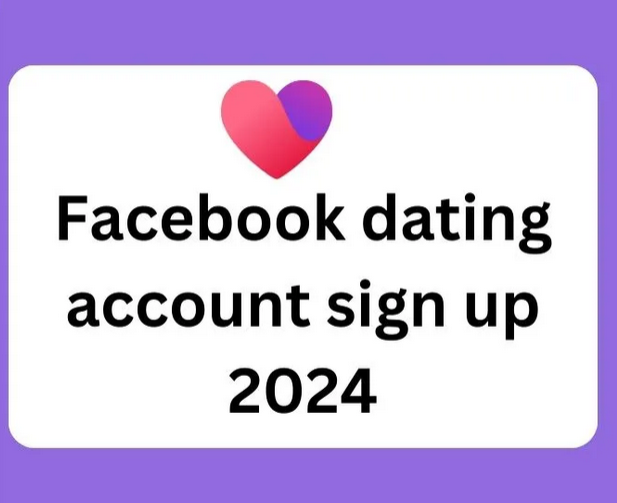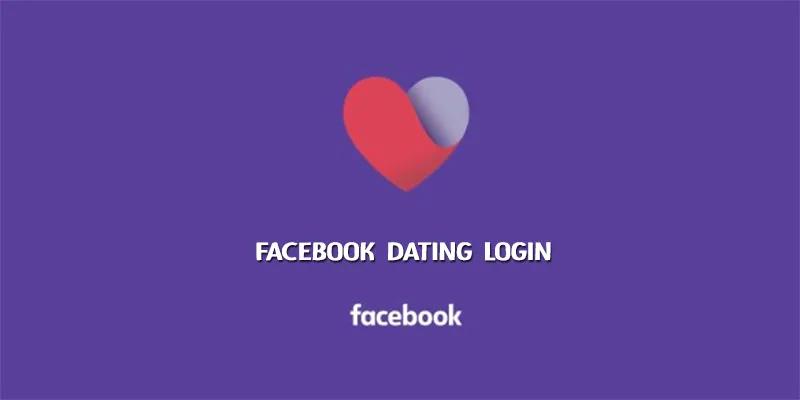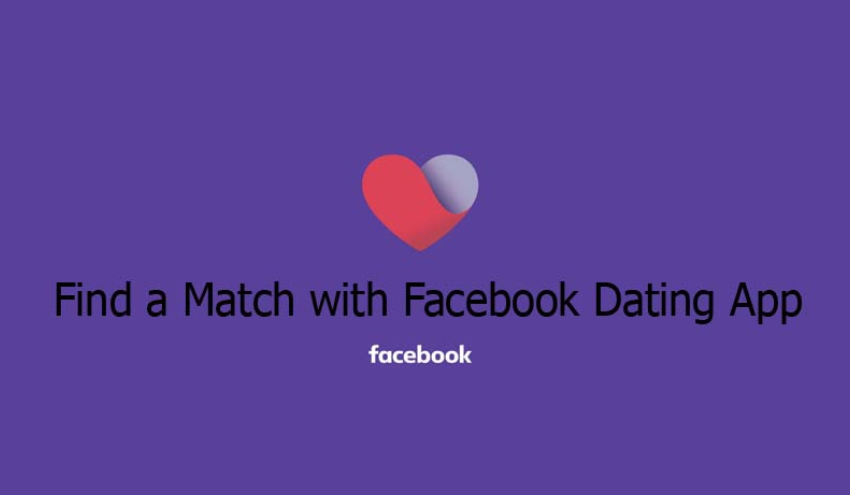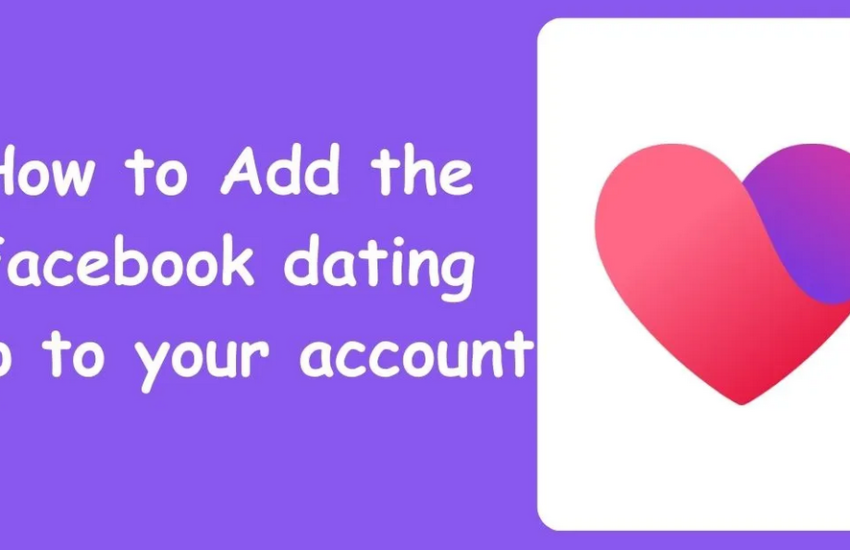Greetings and welcome to our guide on Facebook Singles Nearby Me, your map to the unknown world of online dating.
Continue reading

Greetings and welcome to our guide on Facebook Singles Nearby Me, your map to the unknown world of online dating.
Continue reading
Are you seeking an ideal place to discover a love relationship since you are currently single or out of a
Continue reading
With the Facebook Dating Login, exploring the world of online dating is easy. We shall examine the aspects of dating
Continue reading
Facebook Dating has become a well-known dating app in the digital age, with a mission to assist users in discovering
Continue reading
Finding genuine love has changed in the fast-paced, digital age we live in, putting romance conveniently at our fingertips. With
Continue reading
I assume you’re curious about Facebook dating and love. If so, you are in the proper location. I’ll be teaching
Continue reading
Welcome to the world of contemporary romance, where finding deep relationships and convenience of use collide. Facebook unveils the Facebook
Continue reading
Are you aware that the Facebook dating app can truly help you discover a match? Many single individuals are willing
Continue reading
You’ve probably heard rumors about Facebook’s dating app, which pledges to match you with people in your social network. Sadly,
Continue reading
In a world when dating online is more common than ever, Facebook Dating stands out as a site where genuine
Continue reading